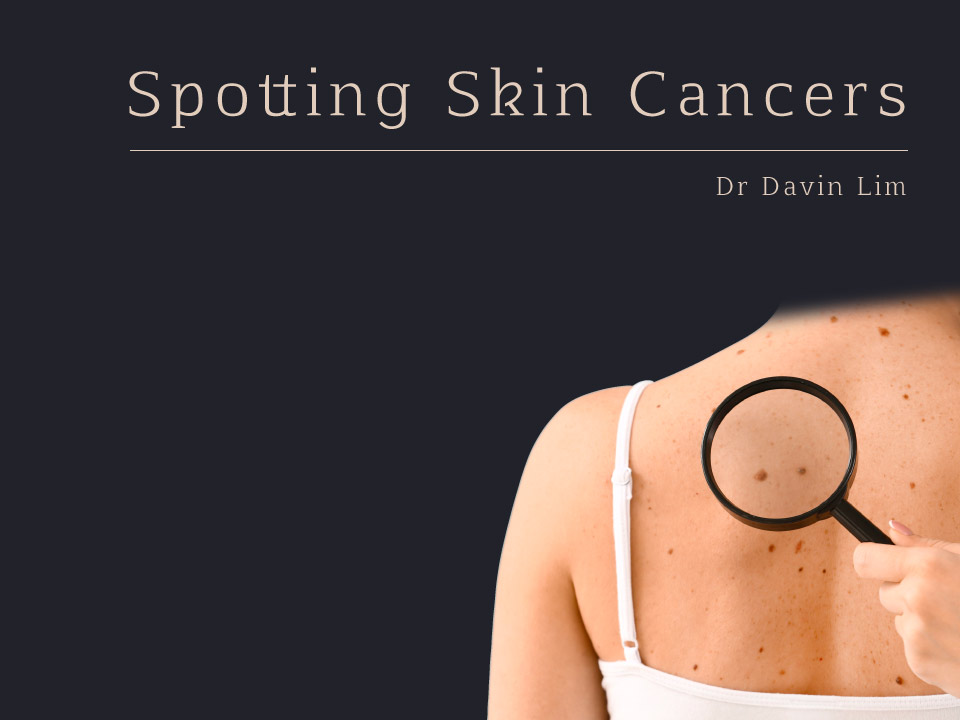Efudix or 5 Fluorouracil is an old fashion way of treating sunspots & pre-skin cancer lesions. Despite the long recovery time & marked discomfort, it remains as one of the most effective ways to treat sunspots. For similar results with less downtime, Fraxel laser is the ideal treatment.
Key Points
- This cream can treat solar keratosis or sunspots & some forms of skin cancer
- Duration of treatment ranges from 3 to 6 weeks
- Skin heals in another 2-4 weeks after stopping
- It reduces 75-85% of sunspots in one treatment cycle
- Newer treatments include PDT & fractional laser resurfacing
- These treatments are associated with similar clearances with much less downtime
Efudix Treatment at a glance
Our results speak for themselves
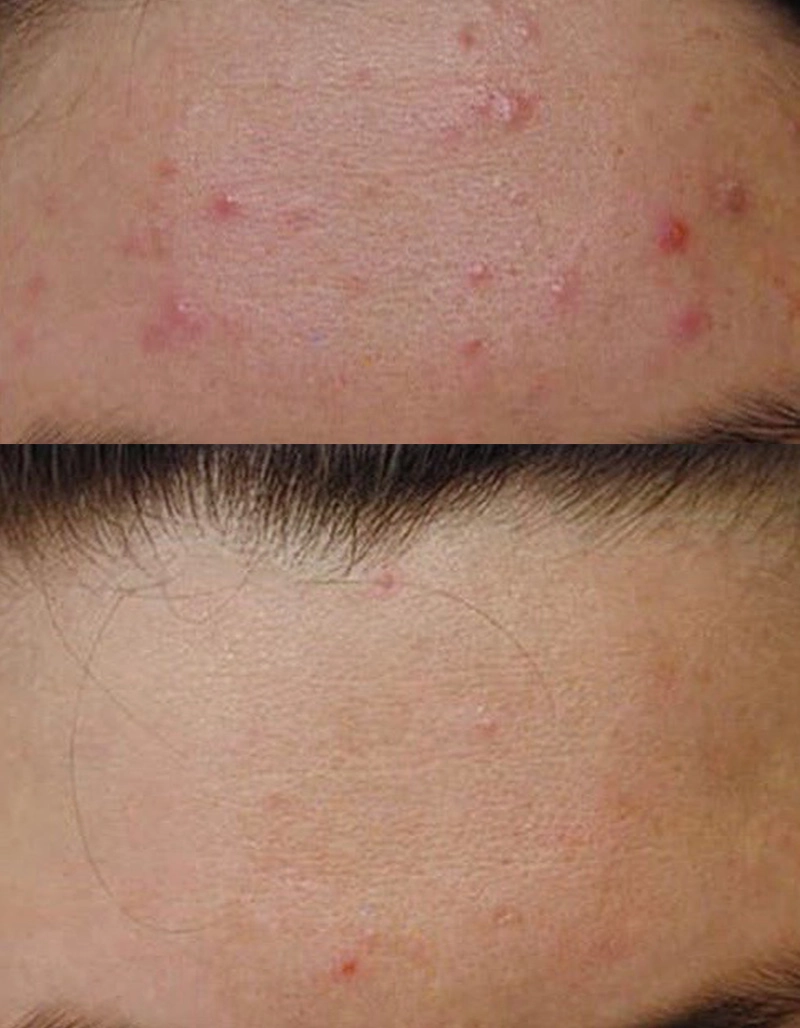
Before
After

Medical therapy for acne
Ask us more about this treatmant
Preferred Consultation
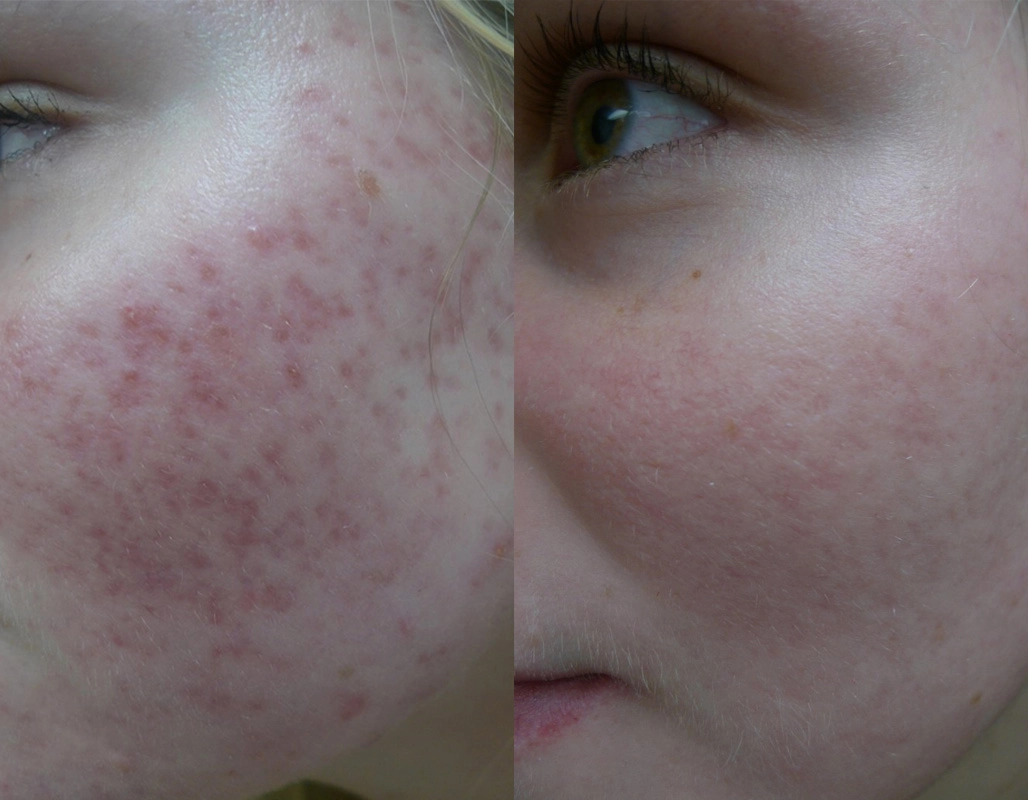
Before
After

Topicals to treat acne, vascular laser therapy to reduce redness
Ask us more about this treatmant
Preferred Consultation
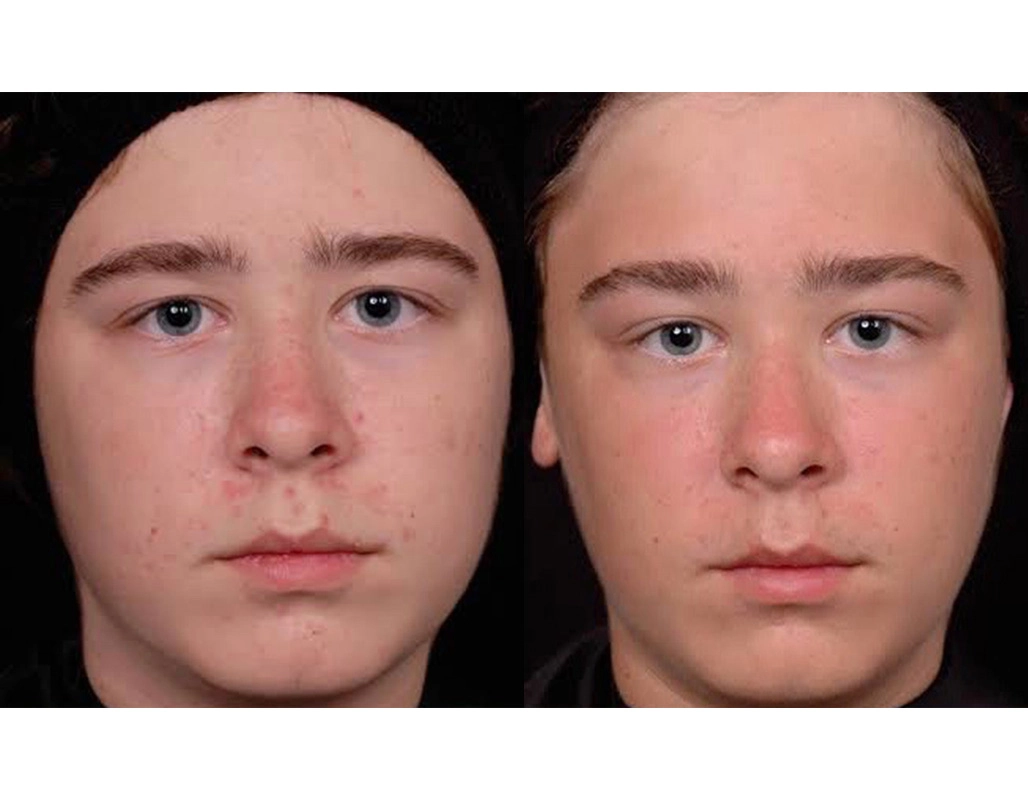
Before
After
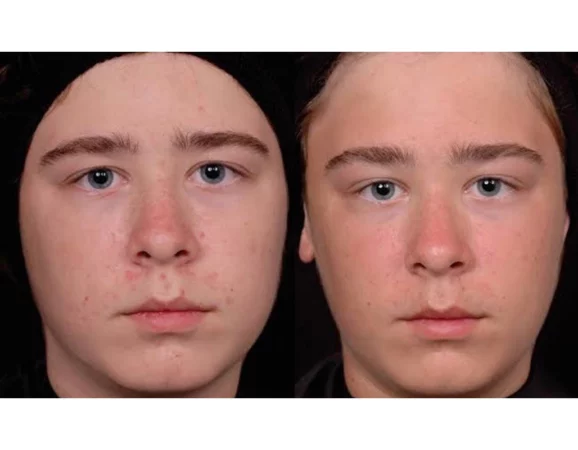
Topicals to treat acne, BHA based chemical peel to reduce blackheads & oil production
Ask us more about this treatmant
Preferred Consultation
FAQs
What is Efudix?
This chemotherapeutic agent treats solar keratosis & superficial skin cancers. It has a long safety record & over four decades of clinical data. The downside is the long downtime & discomfort associated with treatment.
Dermatologists at Cutis have largely replaced this therapy with lasers & photodynamic therapy, acknowledging that Efudix is still the most cost-effective treatment if downtime is not an issue.
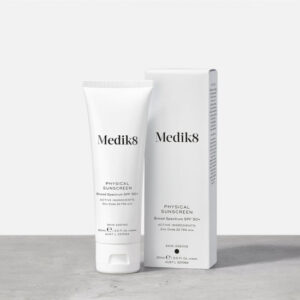
How safe is it?
This treatment has been with us for nearly 50 years. Safety is well studied, & considering it is a chemotherapy medication, major side effects are extremely rare providing the treated area is kept to less than 500 square centimetres (23 by 23 cm).
Side effects (as opposed to expected effects, see below) are very rare. They include-
- Allergic reactions
- Infection during therapy
- Persistent redness
- Persistent skin discolouration
- Drop in blood count & indices
How long is the treatment for?
For sunspots, it is around 3 weeks. For IEC / Bowen disease or intraepithelial cancers, it’s six weeks.
In some cases, your treating dermatologist may elect to perform pulsed Efudix therapy. Intervals range from 4 weeks to one year or longer.
What are the expected effects of Efudix?
The expected course of treatment will vary according to how sensitive your skin is, your frequency of application & amount you use. As a guide-
Stage 1: Minimal inflammation. Days 0-5.
Stage 2: Inflammatory phase, Days 5 to 21. Red, itchy, sore, blotch, sting, crusty. Extreme cases will have skin erosions.
Stage 3: Subacute: Days 21-60. Healing stage, skin getting back to normal.
Your dermatologist will give you specific instructions as we have variations to application technique.
How good is it?
Pretty darn good. Despite being cheap & nasty, Efudix has one of the highest clearance rates of sunspots. The only better treatment is laser assisted photodynamic therapy. For similar results with less downtime, Fraxel laser is the ideal treatment.
What if my sunspots don’t resolve with Efudix?
Efudix does not treat all solar keratosis, however it clears between 75 to 83% of lesions. If you have remaining lesions your dermatologist may-
- Ask you to continue for another few weeks.
- Observe the lesions
- Biopsy to exclude cancer
- Try curettage, freezing with liquid nitrogen or prescribe PDT or laser resurfacing.
What is the recurrence rate, will my sunspots return?
Yes, your sunspots will return. Think of this treatment as a clean & scale for your skin, much like removing plaque build-up at the dentist. Ideally you see a dentist annually for cleaning, so too a dermatologist.
Fortunately, most people will get 2-5 years out of Efudix (& PDT). Recurrence of actinic keratosis are much higher in Queensland due the sun. A higher recurrence rate is seen in-
- Immunosuppressed patients
- Chronic sun damage
- Arsenic ingestion
- Family history of sun damage
Will it treat all types of skin cancer?
No. Efudix is indicated for solar keratosis & select IEC or squamous cell carcinoma in-situ. It is not effective in treating SCC or basal cell carcinomas. For the former, surgery is indicated.
Superficial BCCs can be treated with Aldara or photodynamic therapy.
Products

O Cosmedics cleansing range
$63.00-$64.00

O Biotics 3D Hyaluronic Serum
From $97.00
Efudix is a form of chemotherapy. It is highly effective against sun spots & superficial skin cancer, albeit a recovery time of four to six weeks. This topical can be combined with vitamin A & D creams for increased efficacy.
Which areas can be treated?
- Most commonly, face, neck, scalp including ears.
- Body, trunk, limbs.
- Caution in extremities, especially with poor circulation.
- Any off-label areas such as the lips are at the discretion of your treating dermatologist
Be guided by your dermatologist. If they elect to treat super large areas, generally exceeding 2.5 square meters, some may elect to check your blood count.
What are other ways to treat sunspots?
The optimal sunspot or solar keratosis treatment depends on many factors, including location, downtime, convenience, expense, clinical factors & many other variables. As a guide-
- Liquid nitrogen: great for a few spots in non-cosmetically sensitive areas
- Curette– great for a few thick sunspots
- Other topicals: Imiquimod (Aldara), Diclofenac (Solaraze)
- Lasers & lights: PDT, laser ablation, laser assisted PDT, daylight PDT, PDT plus vascular lasers
High density 1927 is our treatment of choice. This laser out performs PDT and creams such as Efudix and Picato. Healing time is only 5 days with this treatment. Expect up to 90% improvement of solar keratosis & sun damage.
How does PDT compare?
The main advantage of PDT or photodynamic therapy is the speed of recovery. As a guide, with PDT it takes 4-8 days to recover as compared with Efudix (21 to 28 days). Remission rate with PDT is similar, around 75-80%. The downside is the costs.
PDT is the treatment of choice for DVA patients as it is covered.
How do fractional HD lasers compare to Efudix?
Fractional lasers probably the treatment of choice as they-
- Provide equal to or greater clearance than Efudix or PDT.
- Have the least amount of downtime at 5-6 days.
- Gives added rejuvenation & cosmetic benefits.
The major disadvantage of lasers is the cost– $1290 to $1490. Lasers are not covered under Medicare or private health insurance.
How can I treat redness due to Efudix?
Most cases resolve. Some cases (less than 5%) persist. Treatments include lasers, BBL, & short courses of steroid ointments.
Most cases of persistent redness & blotchiness are secondary to rosacea, which may be pre-existing or made worse with field treatments such as Efudix, PDT or Imiquimod.
Redness can also be secondary to actinic telangiectasis, or sun induced collagen breakdown of vessel walls.
When is Australia getting the newer upgraded Efudix with BHAs?
This low dose formulation with fortified salicylic acid is available overseas. It won’t be available in Australia for a few more years.
Don’t worry, dermatologists in Australia have been compounding bespoke keratolytics for decades. Combinations include, Efudix with pretreatment of –
- 2-10% salicylic acid
- 2-10% salicylic acid + 10% propylene glycol +/- 5% olive oil
- 5-10% AHAs/ glycolic/lactic acid
- Tretinoin 0.05 to 1.0%
What are natural ways to treat sunspots?
If you are after a synopsis on cansema – blackslave, you are reading the wrong site.
Here are some sane natural remedies for sunspots / solar keratosis.
Light. You can’t get more natural than light. Take one (or two wavelengths), they include 2940, 1927, 10600, 1940, 1550, 1440. Now concentrate this light into a beam. You now have a LASER (or light amplification by stimulated emission of radiation). This light beam can now treat your sunspots & precancer lesions.
Salt. Coarse salt is natural. Rub it hard on the surface of your skin. This is known as salt abrasion or dermabrasion. It works well. You can use iron, shape it into a tool or a brush. This process forms a fraise. This natural treatment can resurface the skin, reducing pre-cancer cells.
Atmospheric air. Take some elemental nitrogen (so natural). Compress it. Chill it. This becomes liquid nitrogen. This can be used to treat solar keratosis.

